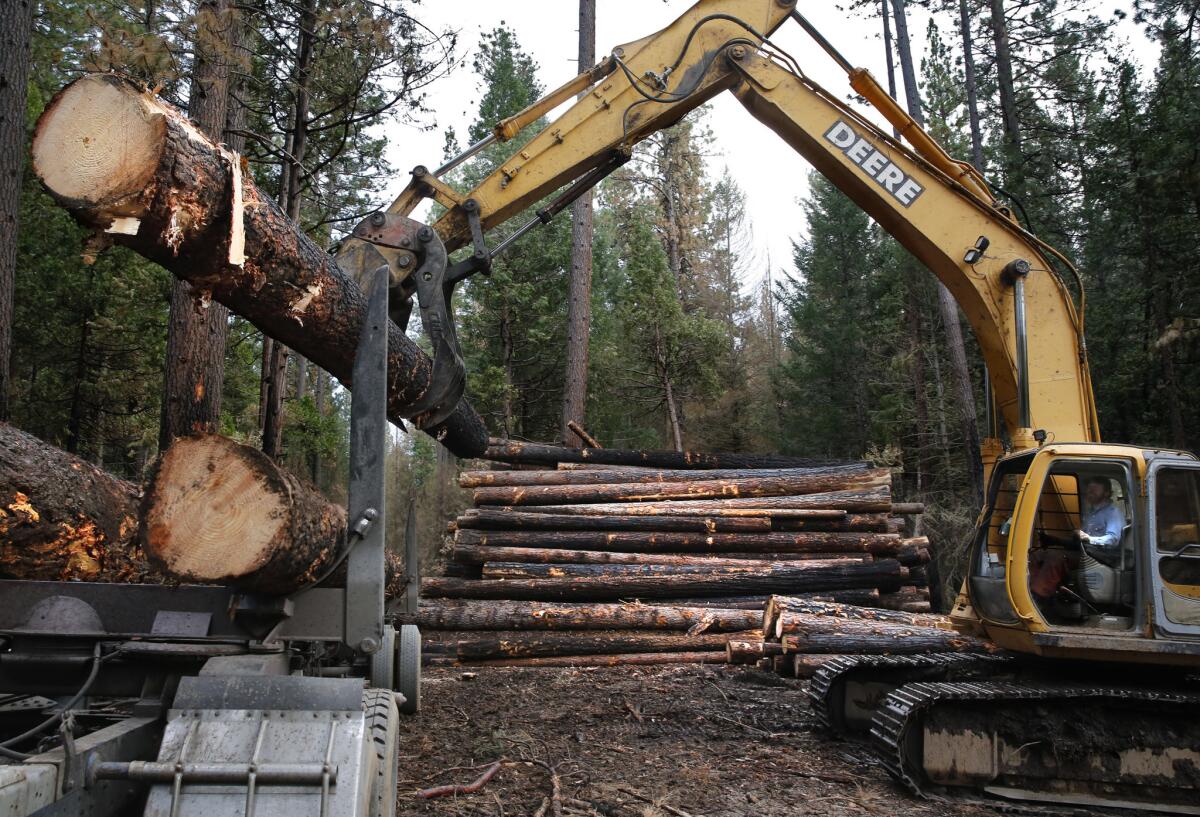Opinion: Workplace deaths are down, but Latinos and women face special risks

- Share via
Here’s a chilling bit of data from a recent Bureau of Labor Statistics report on workplace fatalities in 2013: Homicides accounted for one in five women’s deaths on the job, compared with less than one in 10 for men. And the killer in more than a third of the cases with a female victim was a relative or domestic partner.
The report says 22% of the 302 women who died at work were homicide victims, second only to roadway incidents, at 26%. For men, 22% of the 4,101 deaths last year occurred in roadway incidents, followed by “contact with objects and equipment” at 17%, and slips or falls at 16%. Only 8% of male deaths were the result of homicide, and the leading cause was robbery; for women, 24% were robbery victims.
Men also accounted for 57% of hours worked, but 93% of the year’s 4,405 workplace deaths.
The good news: Deaths overall dropped from the previous year. But among Latino workers, the rate went up 7%, the only major racial or ethnic group that saw an increase. The 797 Latino workers who died (about half were foreign-born) was the highest number since 2008. Since 1997, the worst year for Latino worker deaths was 2006 when 990 were killed on the job. Of 845 foreign-born workers killed last year, 42% were from Mexico.
Overall, the rate for Latinos was 3.8 per 100,000 full-time equivalent workers, compared with 3.2 for whites, 2.9 for blacks and 1.5 for Asians. As FairWarning.org notes, labor activists have long argued that immigrant workers -- particularly those here illegally -- are at higher risk in part because they fear reporting job hazards or refusing to work in unsafe conditions. Dangerous assignments also often go to temporary workers who are improperly trained for the tasks.
In terms of age, older workers were the most vulnerable. The death rate for those over age 65 was 8.8 per 100,000, compared with 2.1 for those ages 20-24, the lowest rate for an age group. The overall rate was 3.2 per 100,000, which means older worker died at more than two and a half times the national rate.
The most dangerous sector by rate was agriculture, forestry, hunting and fishing, with 22.2 per 100,000 (loggers had the highest rate at a whopping 91.3 deaths per 100,000 full-time workers), but in shear numbers, more construction workers – 796 – were killed than in any other sector.
Historically, annual workplace deaths have been trending lower since a modern peak of 6,632 in 1994.
Follow Scott Martelle on Twitter @smartelle.
More to Read
A cure for the common opinion
Get thought-provoking perspectives with our weekly newsletter.
You may occasionally receive promotional content from the Los Angeles Times.










